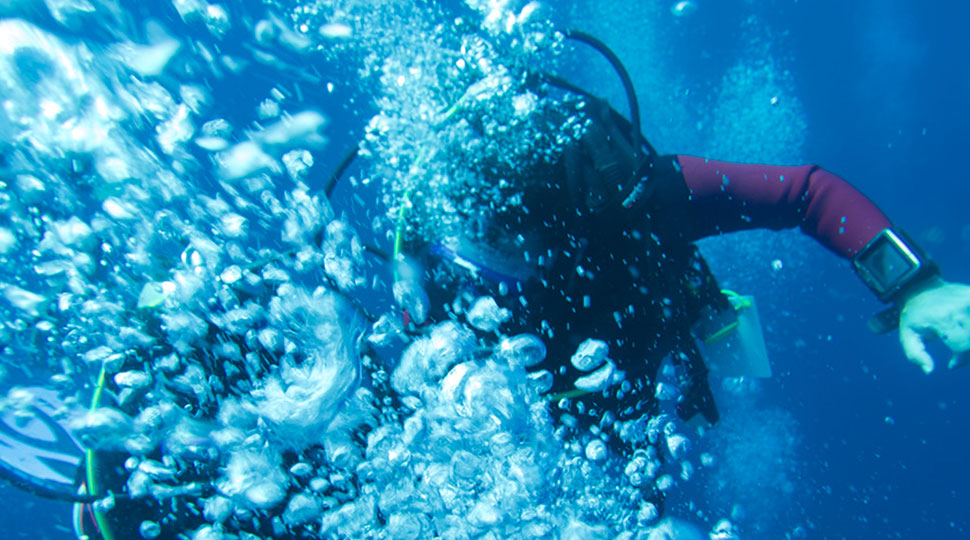When it comes to scuba diving, choosing the right dive light for diving needs is crucial for a safe and enjoyable experience. For many divers, this essential piece of gear often gets overlooked until it’s too late – when they’re already underwater and struggling to navigate through dark waters.
But with the right dive light, you can avoid this common mistake and enjoy a stress-free dive.
Imagine being able to explore shipwrecks or coral reefs with ease, thanks to a reliable source of illumination that casts no shadows. A good dive light can make all the difference between feeling confident and in control, versus getting lost in the darkness. But with so many options available on the market, choosing the right dive light can be overwhelming.
From handheld lights to head-mounted and canister lights, each type of dive light has its own unique benefits and drawbacks. To make an informed decision, you’ll need to consider factors like brightness, beam angle, battery life, durability, weight, and ease of use.
By doing your research and choosing the right light, you’ll be able to focus on what really matters – enjoying the underwater world and all its wonders.
Factors to Consider When Selecting a Dive Light
When it comes to choosing the right dive light, there are several key factors to consider that will help you find the perfect one for your needs.
One of the most important considerations is brightness, which can make all the difference in terms of visibility underwater. A higher-lumen output means more visibility, but it also means a shorter battery life.
If you’re planning on diving in areas with limited visibility or at depths where light penetration is minimal, a brighter dive light may be necessary to ensure your safety and comfort.
Another crucial factor to consider is beam angle, which can greatly impact the effectiveness of your dive light. A wider beam angle provides better coverage and can help illuminate larger areas, making it ideal for exploring shipwrecks or coral reefs.
On the other hand, a narrower beam angle allows for more focused lighting and can be useful for spotting small marine life. Think about the type of diving you’ll be doing most often – if you’re planning on exploring dark or narrow passages, a narrower beam angle may be beneficial.
Battery life is also an important consideration when selecting a dive light. If you’re planning on diving for extended periods or in areas with limited access to air supply, a dive light with long battery life is essential. Look for lights that use high-capacity batteries or have features like adjustable brightness and power-saving modes to help extend their lifespan.
This will ensure that your dive light remains reliable and trustworthy throughout your dive.
In addition to these key factors, there are several other considerations to keep in mind when selecting a dive light.
Durability is crucial, as you want a light that can withstand the rigors of regular use without breaking or malfunctioning. A lightweight dive light is also essential for comfort during extended dives or for those who prefer a more streamlined profile.
Finally, ease of use is important – look for lights with intuitive controls and simple operation to minimize distractions and ensure a stress-free dive.
Types of Dive Lights Available
When it comes to choosing the right dive light, you’re not limited to just one option – there are several types available on the market, each with its own unique benefits and drawbacks.
One popular choice among divers is handheld lights, which offer unparalleled portability and flexibility. These lights are easy to use and can be held in one hand, leaving the other free for other tasks like navigating or communicating underwater.
But what if you need your hands free?
That’s where head-mounted lights come in – a popular option that’s gained popularity in recent years. These lights are attached to a helmet or dive mask and provide hands-free lighting, making it easy to focus on other aspects of your dive without worrying about holding onto a light.

For those who need even more reliability and brightness, canister lights are an excellent choice.
These lights use a separate power source, such as a rechargeable battery pack, which is stored in a canister attached to the diver’s wrist or belt. This design allows for easy access to the light and provides a reliable source of illumination, making it perfect for extended dives or those who need extra brightness underwater.
Whether you’re looking for portability, hands-free operation, or high brightness and long battery life, there’s a dive light out there that’s right for you.
By considering your specific needs and preferences, you can find the perfect light to enhance your diving experience.
The Safety Stop
Choosing the right dive light for your diving needs requires careful consideration of several key factors. From considering brightness, beam angle, battery life, durability, weight, and ease of use, you can find a dive light that meets your specific needs and provides a safe and enjoyable diving experience.
Whether you’re a beginner or an experienced diver, investing in the right dive light is essential for getting the most out of your underwater adventures.
Research and test different types of dive lights before making a purchase, and don’t be afraid to ask questions or seek advice from other divers who have experience with the equipment.
With the right dive light by your side, you’ll be able to explore the underwater world with confidence and ease.








